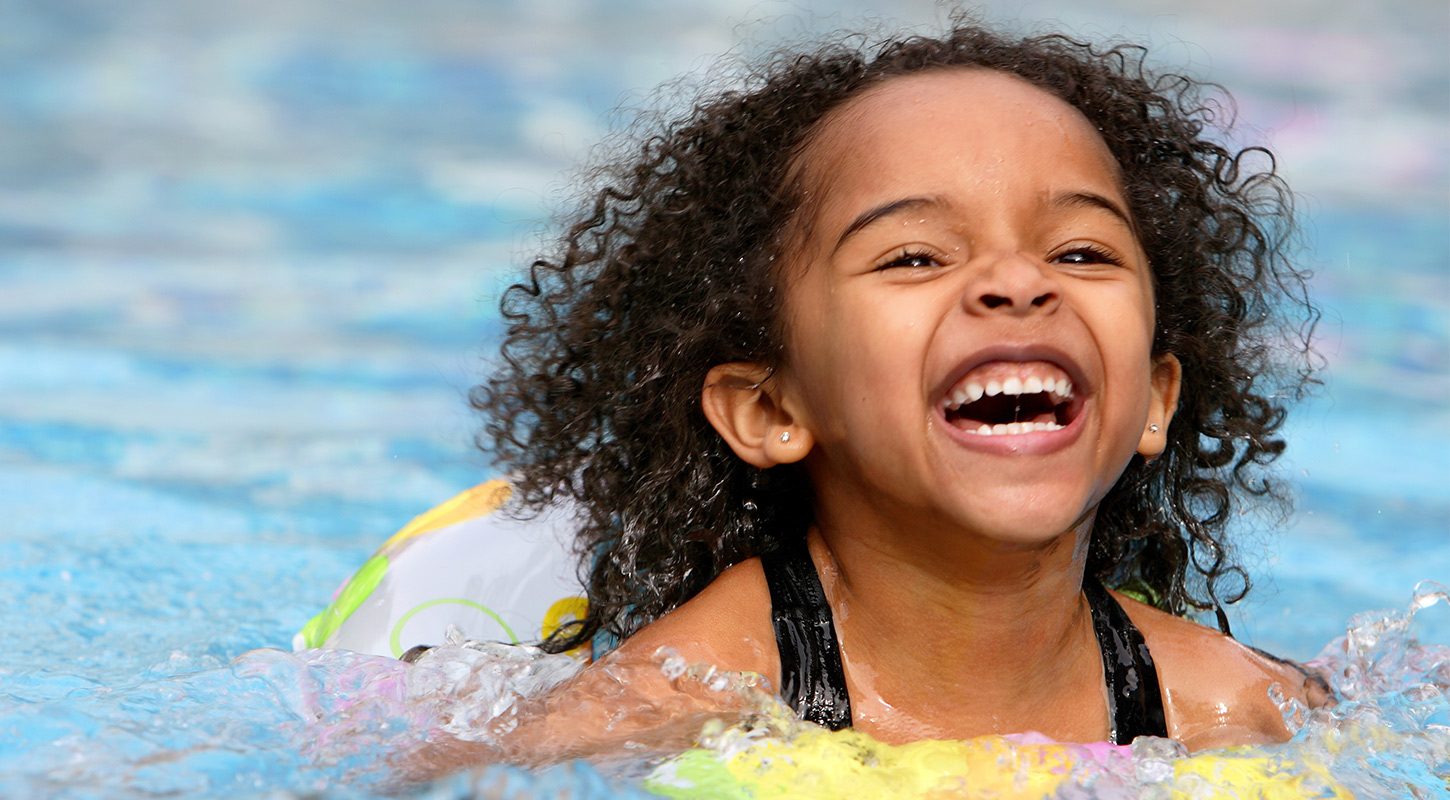Life-saving Water Safety Rules for Parents

Tips for Drowning Prevention
Swimming, boating and water sports are popular activities for many families, especially during summer months when cool water provides relief on hot days. However, it’s important to take precautions against water-related accidents that can lead to drowning. In fact, according to the Centers for Disease Control and Prevention, about 1 in 5 people who die from drowning are children younger than 14 years old. Find out how you can keep your kids safe in and around water this summer with the following tips.
1. Always Supervise Children
A child can drown in the time it takes to answer the phone, grab a towel or unpack a lunch. That’s why parents and caregivers should always monitor children near inflatable pools, lakes, beaches and low-lying areas filled with rainwater. If your family is visiting a community pool or local beach this summer, it’s best to swim in areas supervised by lifeguards and ensure your child follows the buddy system when he or she enters the water.
2. Take a Swimming Class
Learning to swim can be a life-saving skill. Age-appropriate swimming lessons equip families with the knowledge and skills they need to stay safe while having fun. Swimming not only improves your child’s flexibility and strength but also his or her confidence in the water. If you or your child is interested in learning how to swim, you can attend one of several local classes available across the Mid-South. Many places offer swimming lessons to adults and children as young as 6 months old.
3. Establish Water Safety Rules
Before permitting your child to enter the water, discuss safety rules as a family. Set boundaries and consistently enforce them, such as wearing a life vest in open water, taking short breaks throughout the day and prohibiting running and pushing around the pool. Teach your child to ask permission before entering the pool or other bodies of water.
4. Watch for Signs of Dry Drowning
According to Dr. Miguel Rodriguez, pediatric emergency department director at the Spence and Becky Wilson Baptist Children’s Hospital, adults should be aware of dry drownings. In a dry drowning—medically known as a submersion injury—a child or adult breathes in water, but it never reaches the lungs. Instead, the water closes the vocal chords and shuts off the airways.
“With a dry drowning, a child may be fortunate enough not to have water in his lungs, but he’s not breathing,” said Rodriguez. “He may need CPR or at least a rescue breath. Trouble breathing can lead to arrhythmias and secondary organ damage.”
Though dry drowning is rare, it’s important to monitor your child for signs of coughing, chest pain and trouble breathing that worsen over 24 hours.
How to Respond in a Water Emergency
When a child is drowning, every second counts. If possible, rescuers should immediately throw in a flotation device or reach out to a victim instead of entering the water. Once the child is out of the water, begin CPR if he or she is not breathing.
Because drowning victims can sustain permanent brain damage, instruct a bystander to call for emergency medical help right away. Continue administering CPR until paramedics arrive with life-saving oxygen and resuscitation methods.
“If your child is breathing and coughing, and you just want him further evaluated, we do strongly recommend you bring him to the emergency department,” said Rodriguez. “If you can get him out of his wet clothes, that would be ideal. A cold body of water can significantly drop one’s body temperature.”
Learning CPR, swimming under lifeguard supervision and setting clear rules with your children can help keep your family safe this summer. With the proper precautions and knowledge, you can better prepare your children for a fun, safe day at the pool.
Visit baptistonline.org to learn more about pediatric emergency services at Baptist, or find a Baptist doctor by visiting our Find a Physician page.
